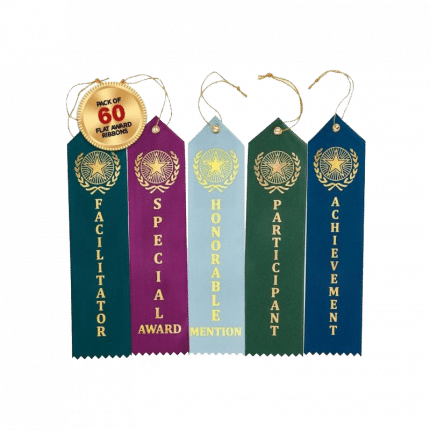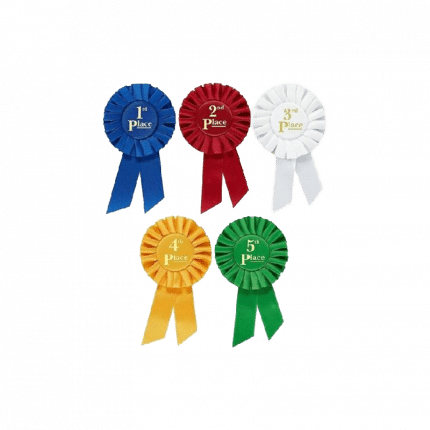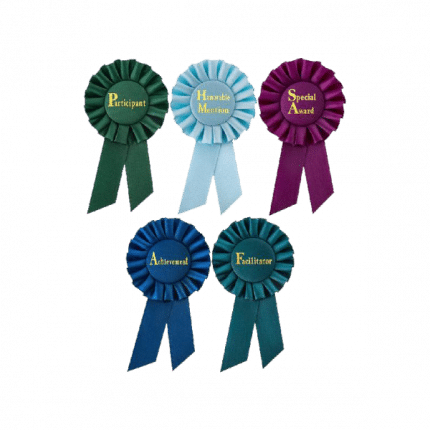What are race bibs used for?

Running bibs have many different usages. Most commonly, bib numbers identify those running in a race, but what else can you use them for after using them?
After marathons, runners usually use their race bibs to hang up on their wall as a decoration or be used again for another race if the number is not too smeared and washed off. Running bibs are also often personalized or decorated with logos and designs. It is an art of accomplishment with decor hanging on your wall after usage in competitions. It takes it to the next level when you have your awards hanging aside your bibs as one complements the other.
There are many additional reasons why someone would use race numbers, and in this blog, we will discuss some reasons.
Race Numbers mean you are running in a race. These Tyvek running bibs can adequately identify yourself during a run that will make race officials happy and race participants so they can enjoy the event as well.
Have you ever been running with friends? What if just one of you is operating a private race?
It can confuse your friends as they try to tell each other who’s winning. Therefore, race numbers will help clear up any discrepancies!
With these small cheap pieces of equipment, they can also identify in case of g-d forbid any injuries during a race to make race officials know who you are.
These numbers will also work great during all sports games, especially basketball games. This way, race numbers will now identify the players on the court during that quarter. Thus, those timing and watching the game and those playing the game will know who you are from your number.
The numbers can also be attached to a jersey that says your name, or on the Running Bib, it can say your name and number on it. Therefore, when the stat keeper records the stats during a game, his job will be more manageable.
Implementing these simple procedures like this will help keep track of which player has possession of the ball at any given time during each sports game. In addition, you can run many different stats once your focus is on the individual’s numbers instead of the name.
In football, race numbers are the player’s identification for a game. Football players wear race numbers on their uniforms as they head onto the field to start a game. The number may correspond with the offensive or defensive position that you play during a football game. In baseball, it identifies each team member, and without it, coaches and teammates alike will get confused. It’s especially true during football since all players are wearing helmets of which you can barely see their faces.
Running bibs are a race numbers alternative. They can be used in place of race numbers or as an addition to race numbers depending on your preference. Running Bibs provide greater comfort and security when running because they do not bounce around like race numbers usually would during the race. In addition, their secure attachment against the chest area decreases the risk of the race bibs coming off.


Many attach their bibs to a belt or other types of running bibs belts to provide additional security. They do work well, and it does help, but don’t think that safety pins don’t secure the bibs to your shirt. They do! And as a matter of fact, they connect better than magnets and other new ideas. I say the old way is the best!
Most bibs construct out of a polyester material that dries very quickly and is comfortable to wear.
Authentic Running bibs are on a material called Tyvek®; Tyvek® is a 100% synthetic material made from high-density spun-bound polyethylene fibers. Lightweight, durable, and breathable, yet resistant to water, abrasion, bacterial penetration, and aging, Tyvek® is a fantastic material used to improve various applications across multiple industries. In addition, they are tear-proof waterproof and are constructed with many different fibers so that you can use them in most conditions.
When does someone asks you why you use running bibs? The answer is simple, as they are most commonly used for marathon races or during sports games. Therefore, the chances of not identifying a runner or player will be minimal when using a race number printed on Tyvek material.
Running bibs placed on runners during a race for identification purposes add a sense of confidence and accomplishment to the wearer. In addition, race numbers can represent something personal or a hero of yours.
The number “12” is significate by many elite quarterbacks (Tom Brady, Aaron Rodgers, etc.) as they represent themselves.
Some people believe that bib numbers have great importance, while others may see it as superstition. There are many different opinions on what bib number you should wear to a race and why. People claim that the bib order affects how well the racer does in competition.
Running bibs have been around since the 1950s, first used in marathons as identification for competitors. However, they quickly became famous for many other races as well. It then went to the next level as many runners wear bib numbers that contain personal significance like birthdays or lucky numbers. Now you can use running bibs numbers as a perk to choosing your relevance, which can be meaningful and motivating. Still, it can be detrimental without bibs or numbers and a lack of efficiency of those arranging the event.
Bib numbers are usually worn on the front of a shirt, either around one’s waistline or pinned onto clothing. They come in multiple colors and sizes depending on age and gender – so don’t worry about sizing when purchasing bibs! When running in an arranged event, all the bibs are usually the same size and look the same other than the number difference per bib.
Organizers can also use bibs to collect data on the race (i.e., a bib may contain an RFID chip with identification information).
To sum it up, running bibs have many fundamental purposes and are essential for all runners.





